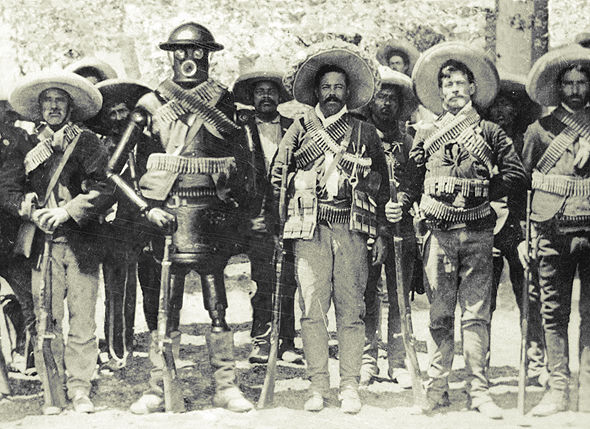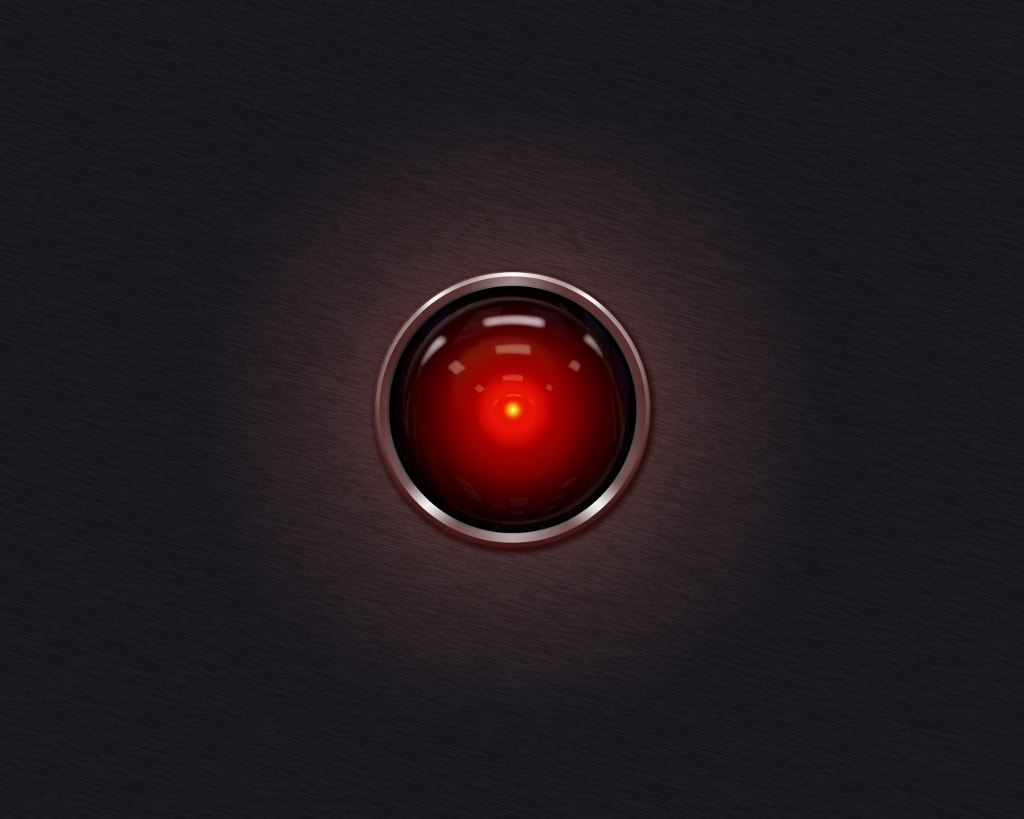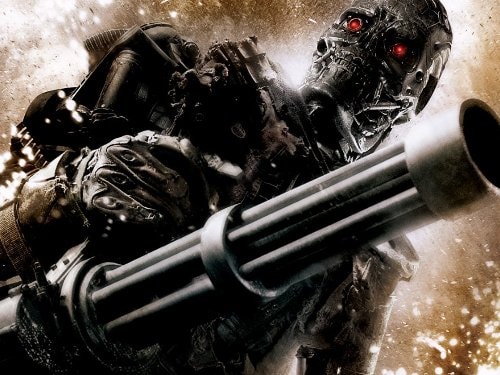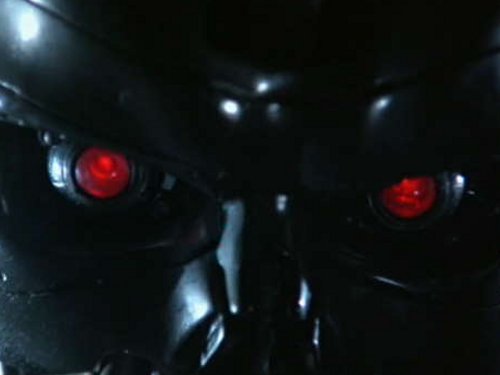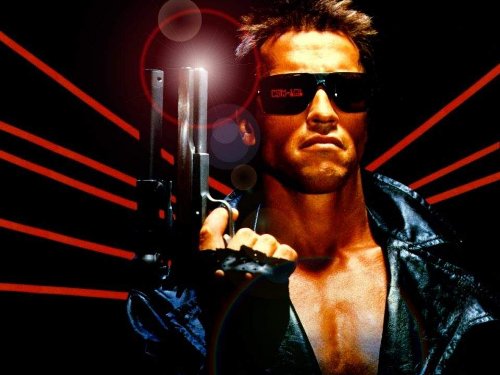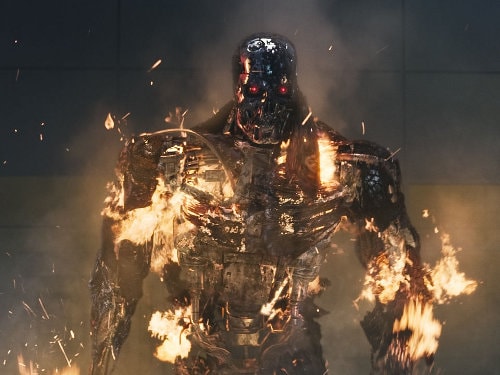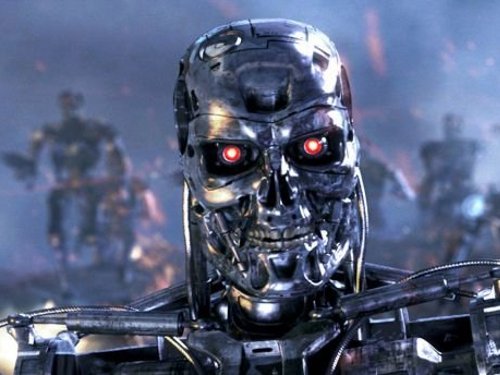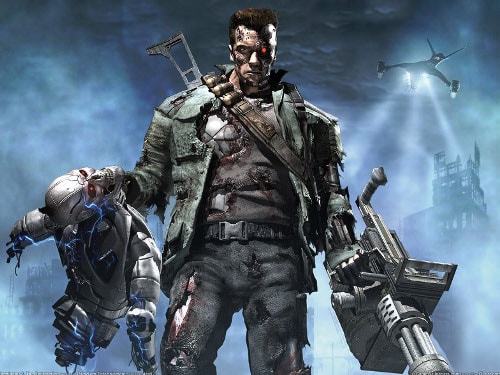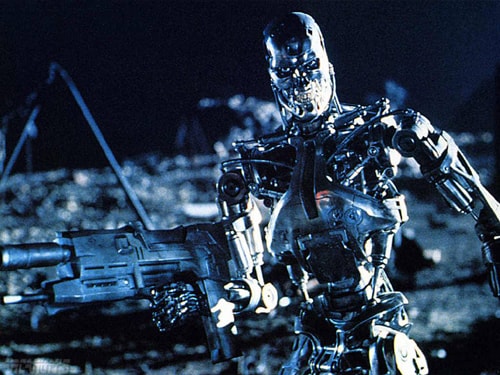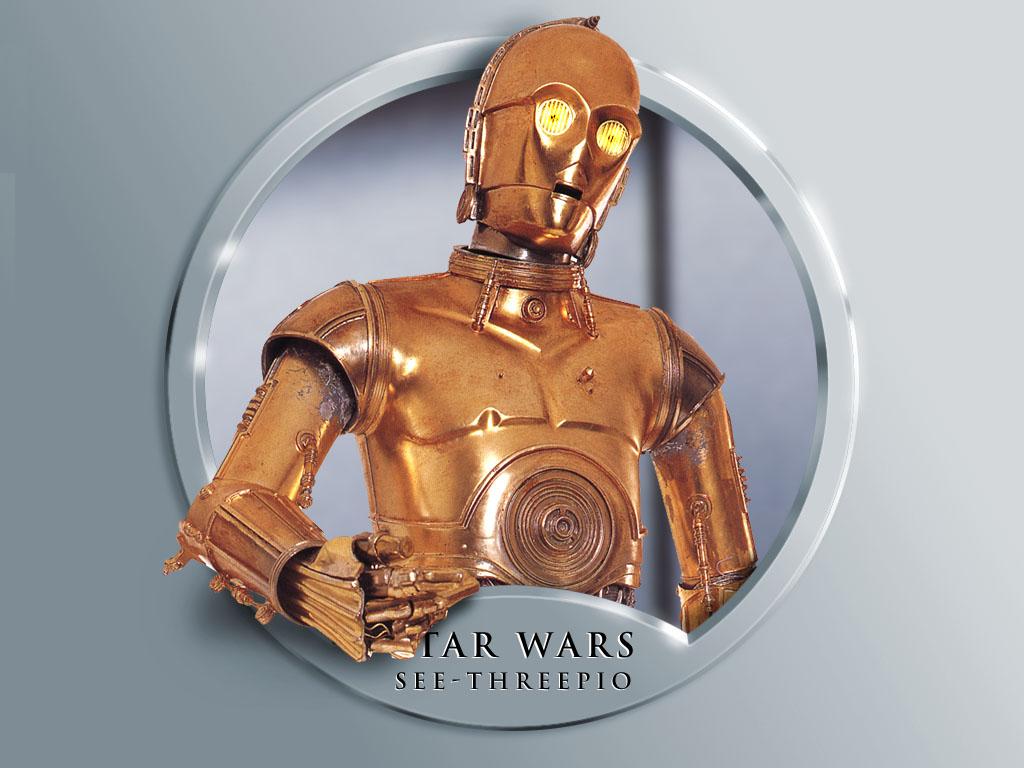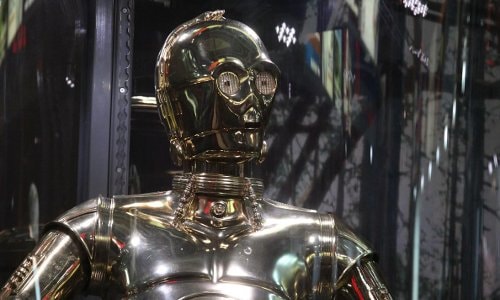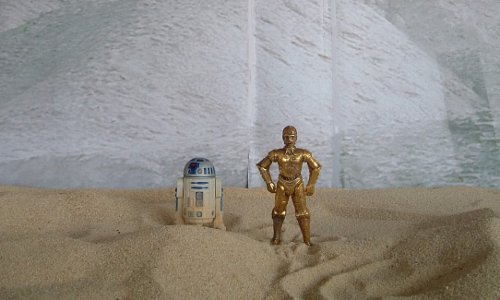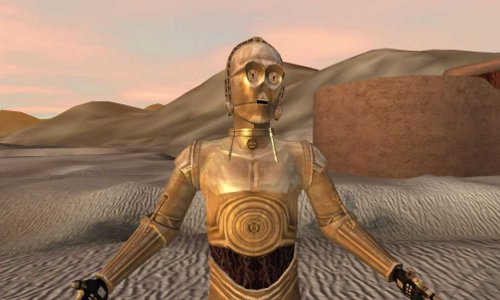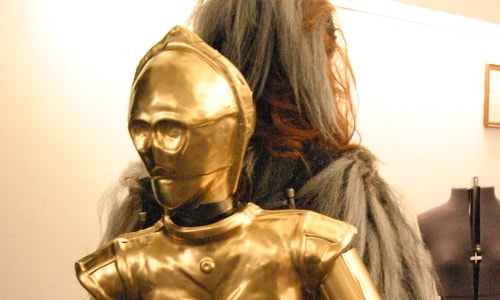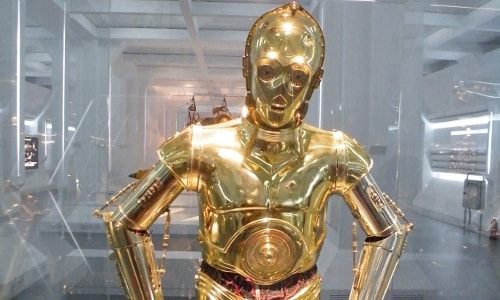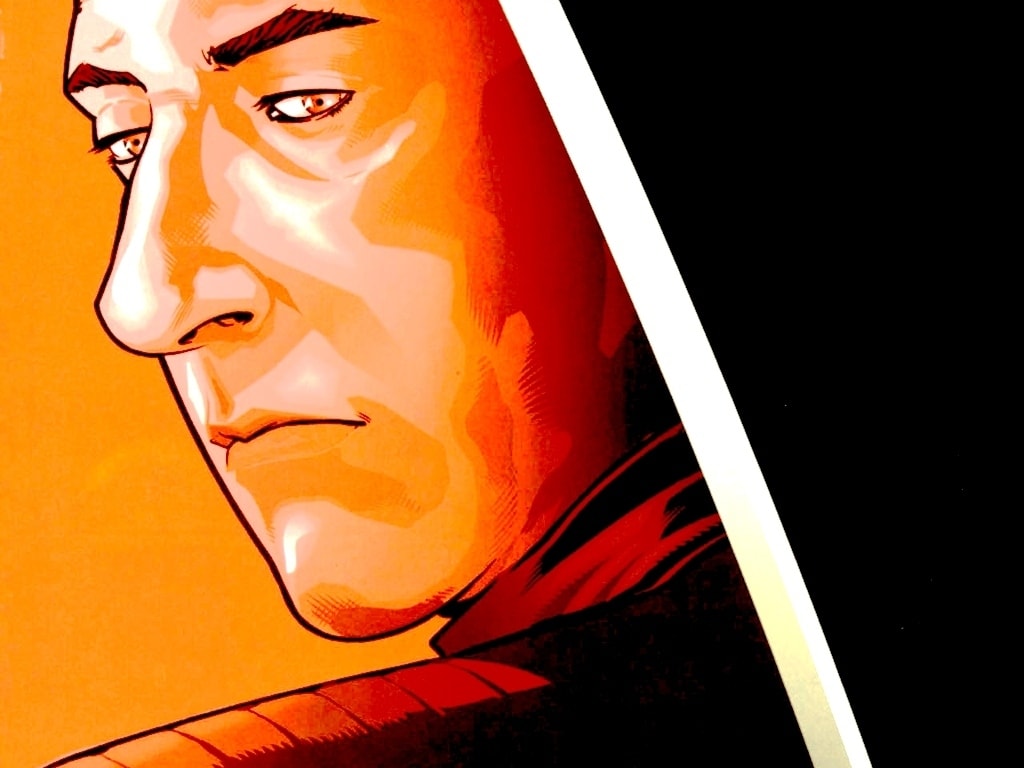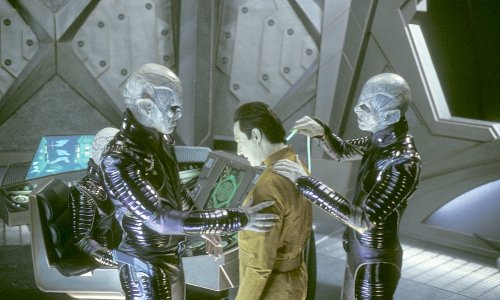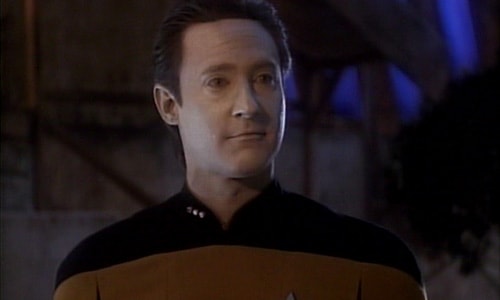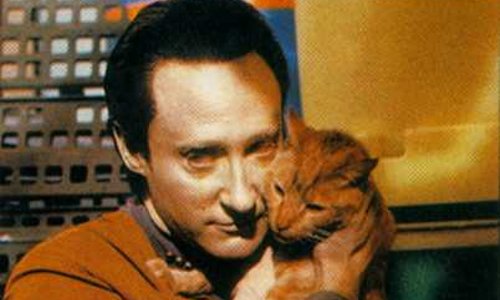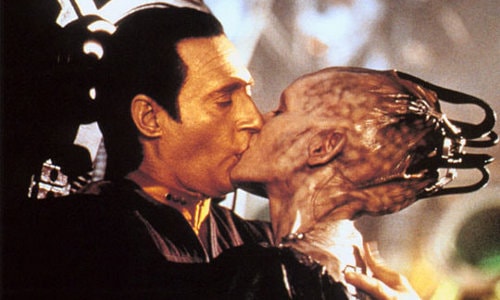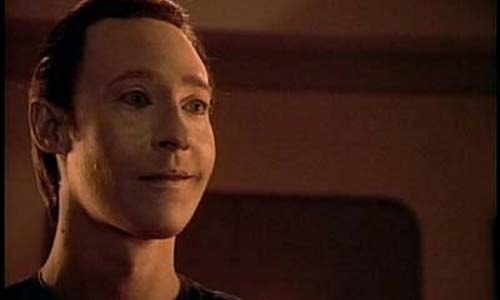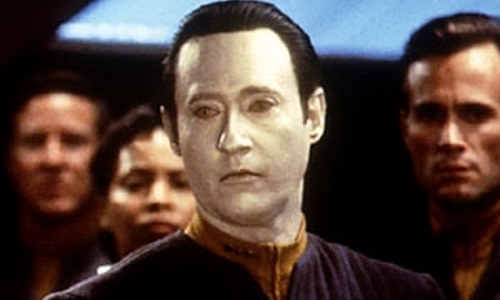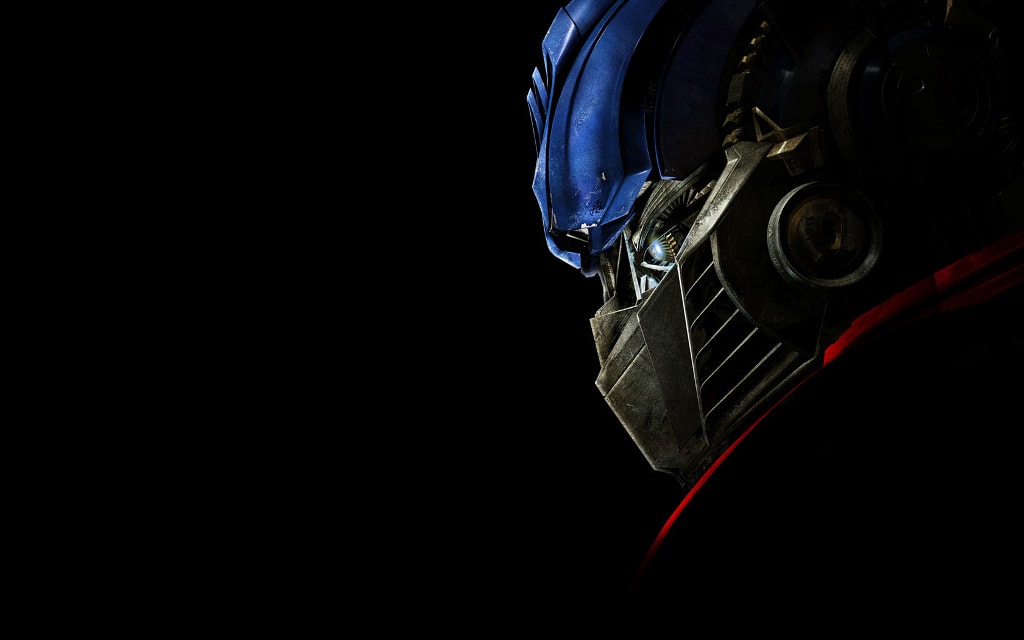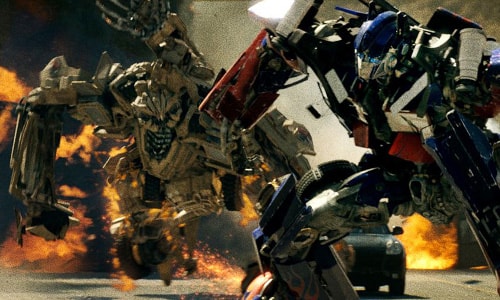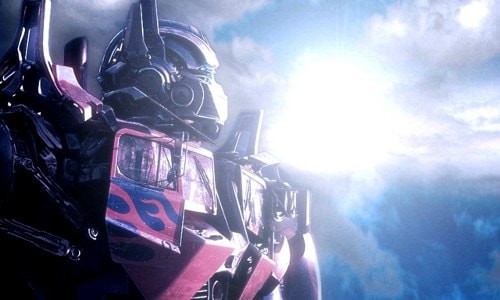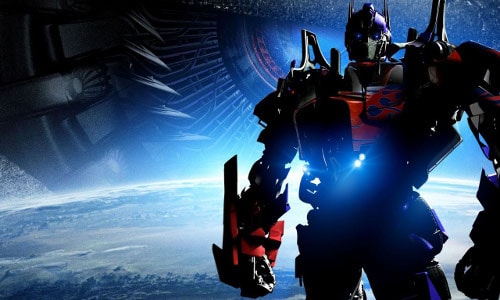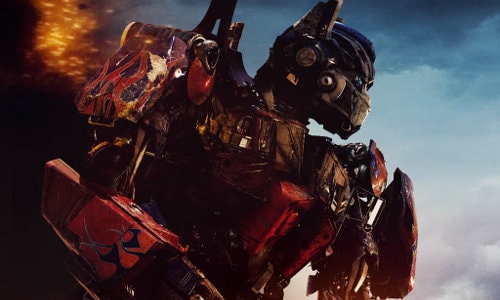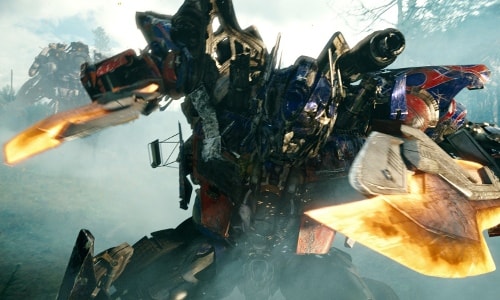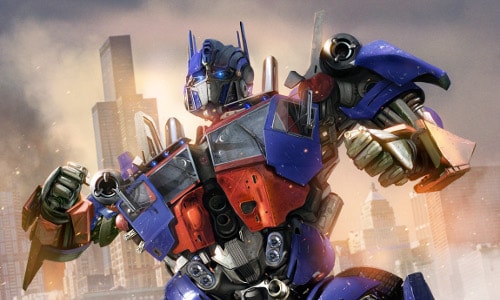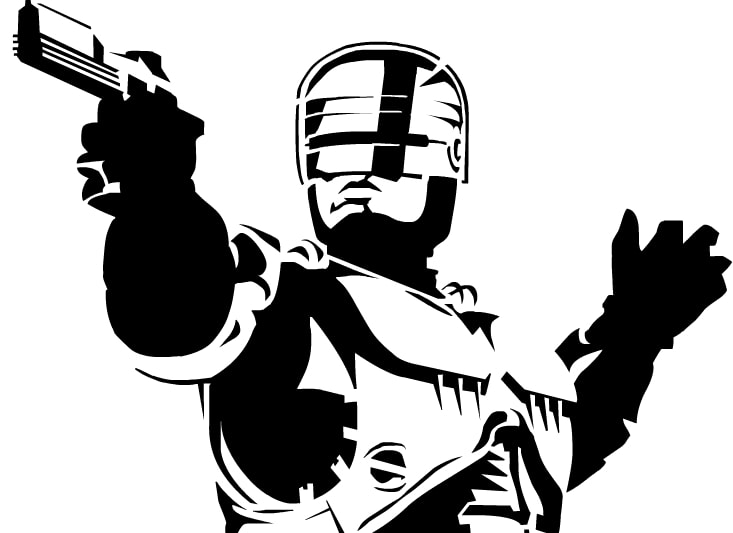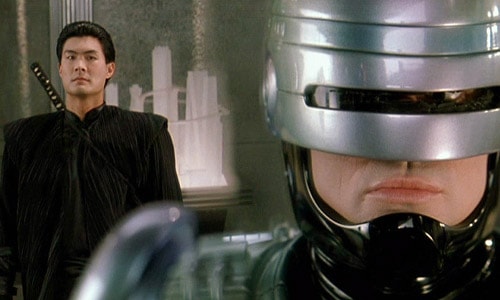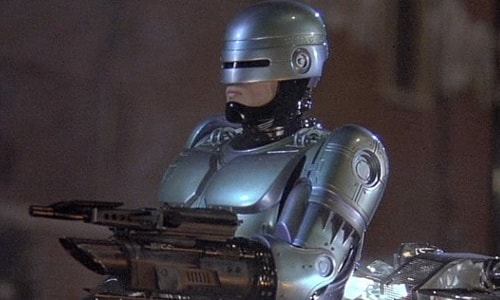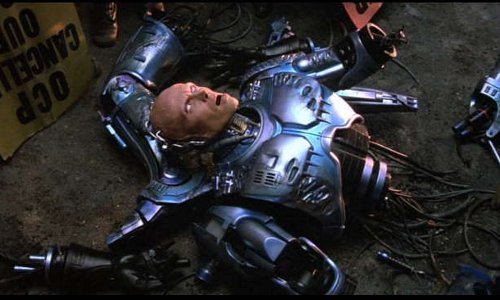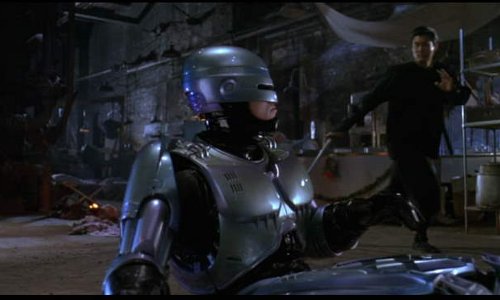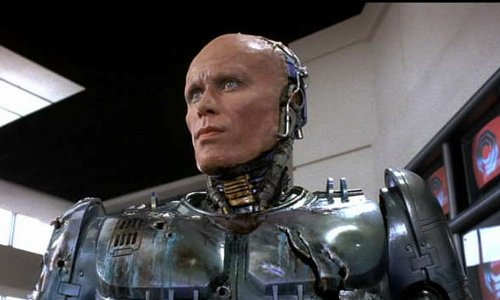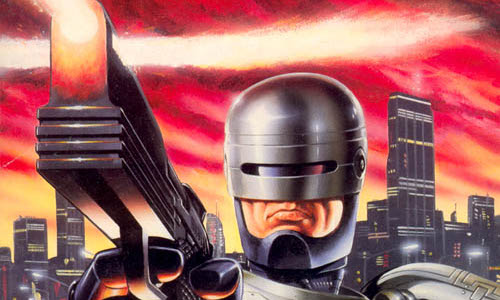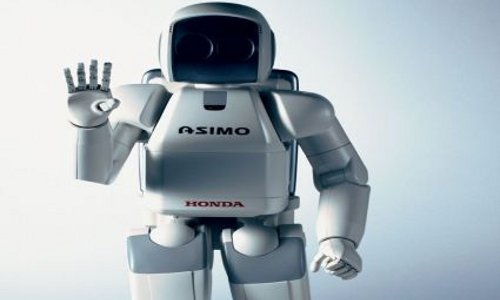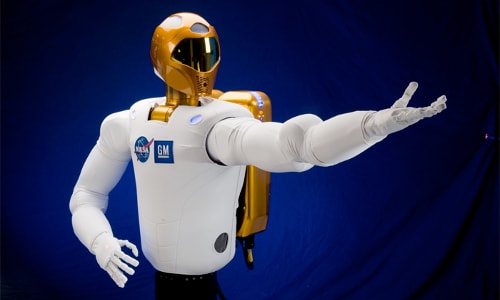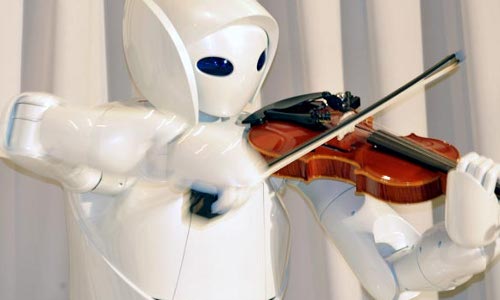In the last couple of months, two car manufacturers presented their latest projects in the field of robotics, a field in which they don't usually perform their day-to-day activities. We are talking here about the Japanese from Toyota and the Americans from GM, who both endeavored in a realm still some tens of years away.
Their endeavors, however, are a start. We envision it would be much more easier for car manufacturers to expand in the field of robotics in the years to come (both because they need robots for manufacturing purposes and because it would create a new market) than for an entrepreneur to set the basis for a Cyberdine Systems-like company.
Also, reading and writing about the two projects opened our appetite for robots. We have to admit, we have way, way less imagination than Karel Capek, the man who first used the term robot (meaning, in Czech, forced labor). We are also less smarter than most scientists working in this field, so the piece you are about to read here is not about how the robot world of the future will look like.
We are going to talk however about how others envisioned that world. And, since we live in an era when nothing is being done without visual help, it means we are going to talk about the most iconic robots created so far by the movie industry.
BRIEF HISTORY
Robots have been a concern for the movie making industry ever since the camera was invented, basically. Of course, not many of us recall the Mechanical Men from what is considered the first American film to star robots. Even fewer remember the initial Tik-Tok from the 1908 Fairylogue and Radio-Plays. Not to mention the Q from the 1920's film The Master Mystery.
What all these robots had in common thought was the fact that they were not... robots. As you might imagine, they were men dressed as robots, or some other type of visual gimmick meant to trick the spectator. None of them, however, had any mechanical moving parts in them...
Things pretty much remained the same until our generation arrived onto the world. The advances in all fields related to robotics, cinematics and visual effects made possible the creation of worlds never imagined before. Worlds in which the center role was assumed not by man or nature, but by artificial life forms.
We could go on and on about how the robot came to be perhaps the longest-lived cinema character, but that's not our purpose here. For that, you can visit Filmsite, we're you will find loads of information about the subject (and many others, as we found). Here on the other hand we will list, as said, some of the most iconic robot stars in cinema history.
HAL 9000 (Heuristically programmed ALgorithmic Computer) – 2001, A Space Odyssey
Arthur C. Clarke's HAL 900 has been ranked by the American Film Institute as the no. 13 on the Top 100 Heroes and Villains list. HAL was born in 1968 and starred in what many consider the one of greatest movies ever made.
HAL is not, per se, a robot, but an artificial intelligence. The humans who created it didn't bother to give HAL legs, arms or some other mobility-related features. It is never shown in the movie and only manifests itself as a voice.
HAL was created based on speculation made by the scientists of the time, including those of of Marvin Minsky, director of the MIT Artificial Intelligence Laboratory. No exact detailing of HAL's computing abilities has been done, so we are unable to tell you how the AI was built.
Still, it remains one of the most wicked artificial life form ever presented on film and, if you like, opened the flood doors for all the fear humans now have about robots taking over. Its way of killing people was calculated, smart and less messy than that of the robots you will read about below.
SERIES 800 Model 101 (T800) – TERMINATOR
Now, there's practically impossible to be alive in 2010 and have no idea what T800 stands for (unless, of course, you are part of a secluded Amazonian tribe).
Some 13 years after the world was supposed to end (if we are to judge by the plot of the Terminator franchise, we all should have been dust since August 29, 1997), the T800 remains one of the most loved robots out there. Loved by humans, that is, as robots could have no compassion for the one who betrayed them.
The advent of T800 opened the doors for a new type of robot manifestation. Whereas up until then it was humans who dressed up as robots, from T800 onwards robots began dressing up as humans.
The T800 has a metal endoskeleton, actuated by a network of hydraulic servomechanisms, all neatly wrapped in an organic flesh with similar texture as the real human muscle and skin. The organic covering can breath, smell and sweat, despite the fact that is poorly supplied with blood.
Unlike HAL, T doesn't keep track of the devastation it causes when it pursues its goal. Being unable to get hurt, T800 sprays bullet's like there's no tomorrow (of course, in the movie there is no tomorrow, so...), it doesn't care about cops, buildings or cars, but apparently has a very soft(ware) spot for John Connor.
C3PO (See-Threepio) - STAR WARS
Undoubtedly, C3PO (named like this after George Lucas' local Post Office map grid reference) is a character unlike any other in the robot world, perhaps one of the most human of them all, at least at the linguistic level.
In fact, C3PO is also the most talkative of the robots we've seen, although most of the times his favorite chat partner, R2D2, replies with the only sounds it can reproduce: beep boop beep beep boop beep beep beep.
C3PO is one of the four characters to appear in all six of the Star Wars and the one of only two characters to be portrayed by the same actor in all six installments (the other being, you guessed it, R2D2).
C3PO is a protocol droid, built to serve humans and can speak over six million forms of communication (ya', we've noticed!). His role in the six-logy may appear insignificant, as the it appears to have been created when Lucas was taking a mental time-out, but in fact this golden robot is the rope which ties all the worlds in Star Wars together.
C3PO is unable (for the most part) to use any weapons, so it's a bit amazing how he always manages to talk his way out of trouble...Oh, no, wait. C3PO talks his way INTO trouble. R2D2 gets him out.
DATA (Lieutenant Commander) - STAR TREK
Captain Picard's favorite chat partner, Lieutenant Commander Data is a sentient droid, set on becoming as human as he can become. He was built by doctor Noonien Soong who, despite fitting him with a positronic brain (such a thing doesn't really exist and nobody really knows what it is supposed to be doing), was unable to make Data better understand the subtleties of the human behavior.
Not being carbon-based, Data cannot be harmed by any biological diseases, it needs no life support to function and does not register a bio-signature. This doesn't make it indestructible however, as it can be damaged or destroyed by computer viruses, energy discharges, shutdown devices or any other high tech gimmicks.
Data is in essence non-violent, as it would rather think his way through a tough position and is considered Spock's reiteration in the Next Generation Star Trek Series. Still, being he likes using phasers from time to time and he loves using scientific words nobody else understands (except for Geordi La Forge...).
Data is considered by scientists of our time as being the mold of robots in the future. After all, he is the only one of his type to manage to get into the Starfleet (this means, of course, there are more Data around...)
Being this big means that acting undercover is not an option. When Optimus does something, say walking, the ground shakes. When Optimus does something, the Decepticons will know, so all hell will break loose. When Optimus does something, for some reason, Shia La Boeuf is usually around, with or without Megan Fox.
Optimus Prime, like all of his race, is long lived and has been active for centuries. It needs only access to sufficient energy to maintain its health and strength. Optimus can sustain high levels of damage and, even when destroyed, he can be restored to full functions.
An Optimus-like Robot unfortunately (for Shia) cannot exist and it probably never will, if not because of all the oversized features mentioned above, then because Optimus' incredible sense of justice, self-sacrifice and freedom.
ROBOCOP - ROBOCOP
Not a robot per se, but rather a combination between a man and a machine, a so called android, if you like. Robocop is the poor cousin of all those mentioned above: not too bright, as it uses the brain of a human, not too strong, as it was built by a corporation in seek of profit and with not such a great purpose.
Robocop was not designed to explore new worlds like HAL or Data; he was not built as the champion of two worlds, like Optimus Prime and he's not even as close as funny as C3PO. Robocop is what his name suggests: a robot cop. But...
Robocop plays cops and robbers in the city of Detroit, the home of Big Three (GM, Chrysler and Ford). If anything, he might as well have been built by one of the three, as the battle between the American car manufacturers expanded in the movie.
While Robocop was using a 1986 Ford Taurus (as did the entire police force), Pontiac's 6000 was advertised in a mock commercial in the movie as "an American tradition" with a fuel efficiency of 8.2 mpg.
Robocop didn't manage to impress as some of the others mentioned here have, but is the closest representation of how the robots of the future would be used: a robot built by a corporation, to be used for as a means to increase profits or help the manufacturing process, and not to save mankind. Just like Karel Capek envisioned. Or not?
"Robots of the world, you are ordered to exterminate the human race. Do not spare the men. Do not spare the women. Preserve only the factories, railroads, machines, mines, and raw materials. Destroy everything else. Then return to work. Work must not cease."
Honda's ASIMO is already the star of the robot world. It has been around for years now and countless documentaries tore the little robot apart, countless experts expressed their faith the world will end in huge balls of fire, countless movies built on the ASIMO new worlds and new civilizations.
Toyota on the other hand is just beginning to tap into this new field, but, unlike Honda, also set a target and a goal for its line of robots: reach the moon by 2020, settle there and, as our colleagues from Autoblog say, attack planet Earth in 2021...
As it usually does with cars, GM took an existing technology, the Robonaut, tweaked it a bit with the help of NASA, called it Robonaut 2 and let the world know of its existence. Robonaut's offspring will be used by GM centuries from now to build cars, drive them and possibly trade them in the 2133 scrappage scheme.
What all these robots had in common thought was the fact that they were not... robots. As you might imagine, they were men dressed as robots, or some other type of visual gimmick meant to trick the spectator. None of them, however, had any mechanical moving parts in them...
Things pretty much remained the same until our generation arrived onto the world. The advances in all fields related to robotics, cinematics and visual effects made possible the creation of worlds never imagined before. Worlds in which the center role was assumed not by man or nature, but by artificial life forms.
We could go on and on about how the robot came to be perhaps the longest-lived cinema character, but that's not our purpose here. For that, you can visit Filmsite, we're you will find loads of information about the subject (and many others, as we found). Here on the other hand we will list, as said, some of the most iconic robot stars in cinema history.
HAL 9000 (Heuristically programmed ALgorithmic Computer) – 2001, A Space Odyssey
Arthur C. Clarke's HAL 900 has been ranked by the American Film Institute as the no. 13 on the Top 100 Heroes and Villains list. HAL was born in 1968 and starred in what many consider the one of greatest movies ever made.
HAL is not, per se, a robot, but an artificial intelligence. The humans who created it didn't bother to give HAL legs, arms or some other mobility-related features. It is never shown in the movie and only manifests itself as a voice.
HAL was created based on speculation made by the scientists of the time, including those of of Marvin Minsky, director of the MIT Artificial Intelligence Laboratory. No exact detailing of HAL's computing abilities has been done, so we are unable to tell you how the AI was built.
Still, it remains one of the most wicked artificial life form ever presented on film and, if you like, opened the flood doors for all the fear humans now have about robots taking over. Its way of killing people was calculated, smart and less messy than that of the robots you will read about below.
SERIES 800 Model 101 (T800) – TERMINATOR
Now, there's practically impossible to be alive in 2010 and have no idea what T800 stands for (unless, of course, you are part of a secluded Amazonian tribe).
Some 13 years after the world was supposed to end (if we are to judge by the plot of the Terminator franchise, we all should have been dust since August 29, 1997), the T800 remains one of the most loved robots out there. Loved by humans, that is, as robots could have no compassion for the one who betrayed them.
The advent of T800 opened the doors for a new type of robot manifestation. Whereas up until then it was humans who dressed up as robots, from T800 onwards robots began dressing up as humans.
The T800 has a metal endoskeleton, actuated by a network of hydraulic servomechanisms, all neatly wrapped in an organic flesh with similar texture as the real human muscle and skin. The organic covering can breath, smell and sweat, despite the fact that is poorly supplied with blood.
Unlike HAL, T doesn't keep track of the devastation it causes when it pursues its goal. Being unable to get hurt, T800 sprays bullet's like there's no tomorrow (of course, in the movie there is no tomorrow, so...), it doesn't care about cops, buildings or cars, but apparently has a very soft(ware) spot for John Connor.
C3PO (See-Threepio) - STAR WARS
Undoubtedly, C3PO (named like this after George Lucas' local Post Office map grid reference) is a character unlike any other in the robot world, perhaps one of the most human of them all, at least at the linguistic level.
In fact, C3PO is also the most talkative of the robots we've seen, although most of the times his favorite chat partner, R2D2, replies with the only sounds it can reproduce: beep boop beep beep boop beep beep beep.
C3PO is one of the four characters to appear in all six of the Star Wars and the one of only two characters to be portrayed by the same actor in all six installments (the other being, you guessed it, R2D2).
C3PO is a protocol droid, built to serve humans and can speak over six million forms of communication (ya', we've noticed!). His role in the six-logy may appear insignificant, as the it appears to have been created when Lucas was taking a mental time-out, but in fact this golden robot is the rope which ties all the worlds in Star Wars together.
C3PO is unable (for the most part) to use any weapons, so it's a bit amazing how he always manages to talk his way out of trouble...Oh, no, wait. C3PO talks his way INTO trouble. R2D2 gets him out.
DATA (Lieutenant Commander) - STAR TREK
Captain Picard's favorite chat partner, Lieutenant Commander Data is a sentient droid, set on becoming as human as he can become. He was built by doctor Noonien Soong who, despite fitting him with a positronic brain (such a thing doesn't really exist and nobody really knows what it is supposed to be doing), was unable to make Data better understand the subtleties of the human behavior.
Not being carbon-based, Data cannot be harmed by any biological diseases, it needs no life support to function and does not register a bio-signature. This doesn't make it indestructible however, as it can be damaged or destroyed by computer viruses, energy discharges, shutdown devices or any other high tech gimmicks.
Data is in essence non-violent, as it would rather think his way through a tough position and is considered Spock's reiteration in the Next Generation Star Trek Series. Still, being he likes using phasers from time to time and he loves using scientific words nobody else understands (except for Geordi La Forge...).
Data is considered by scientists of our time as being the mold of robots in the future. After all, he is the only one of his type to manage to get into the Starfleet (this means, of course, there are more Data around...)
OPTIMUS PRIME - TRANSFORMERS
The head of the Autobots, Optimus Prime is the mother of all robots (actually, father of all robots). Bigger than any other robots mentioned here (literally), he feels no need to disguise himself in human form. However, to keep people from running like crazy when seeing him, Optimus switches from time to time into a cab over truck.Being this big means that acting undercover is not an option. When Optimus does something, say walking, the ground shakes. When Optimus does something, the Decepticons will know, so all hell will break loose. When Optimus does something, for some reason, Shia La Boeuf is usually around, with or without Megan Fox.
Optimus Prime, like all of his race, is long lived and has been active for centuries. It needs only access to sufficient energy to maintain its health and strength. Optimus can sustain high levels of damage and, even when destroyed, he can be restored to full functions.
An Optimus-like Robot unfortunately (for Shia) cannot exist and it probably never will, if not because of all the oversized features mentioned above, then because Optimus' incredible sense of justice, self-sacrifice and freedom.
ROBOCOP - ROBOCOP
Not a robot per se, but rather a combination between a man and a machine, a so called android, if you like. Robocop is the poor cousin of all those mentioned above: not too bright, as it uses the brain of a human, not too strong, as it was built by a corporation in seek of profit and with not such a great purpose.
Robocop was not designed to explore new worlds like HAL or Data; he was not built as the champion of two worlds, like Optimus Prime and he's not even as close as funny as C3PO. Robocop is what his name suggests: a robot cop. But...
Robocop plays cops and robbers in the city of Detroit, the home of Big Three (GM, Chrysler and Ford). If anything, he might as well have been built by one of the three, as the battle between the American car manufacturers expanded in the movie.
While Robocop was using a 1986 Ford Taurus (as did the entire police force), Pontiac's 6000 was advertised in a mock commercial in the movie as "an American tradition" with a fuel efficiency of 8.2 mpg.
Robocop didn't manage to impress as some of the others mentioned here have, but is the closest representation of how the robots of the future would be used: a robot built by a corporation, to be used for as a means to increase profits or help the manufacturing process, and not to save mankind. Just like Karel Capek envisioned. Or not?
"Robots of the world, you are ordered to exterminate the human race. Do not spare the men. Do not spare the women. Preserve only the factories, railroads, machines, mines, and raw materials. Destroy everything else. Then return to work. Work must not cease."
THE CAR MANUFACTURERS' VERSION
There are now three car manufacturers that we know of researching robots: GM, Honda and Toyota. While the Japanese have been at it for quite some time now, as is Honda ASIMO's case, GM is somewhat new at the job.Honda's ASIMO is already the star of the robot world. It has been around for years now and countless documentaries tore the little robot apart, countless experts expressed their faith the world will end in huge balls of fire, countless movies built on the ASIMO new worlds and new civilizations.
Toyota on the other hand is just beginning to tap into this new field, but, unlike Honda, also set a target and a goal for its line of robots: reach the moon by 2020, settle there and, as our colleagues from Autoblog say, attack planet Earth in 2021...
As it usually does with cars, GM took an existing technology, the Robonaut, tweaked it a bit with the help of NASA, called it Robonaut 2 and let the world know of its existence. Robonaut's offspring will be used by GM centuries from now to build cars, drive them and possibly trade them in the 2133 scrappage scheme.
